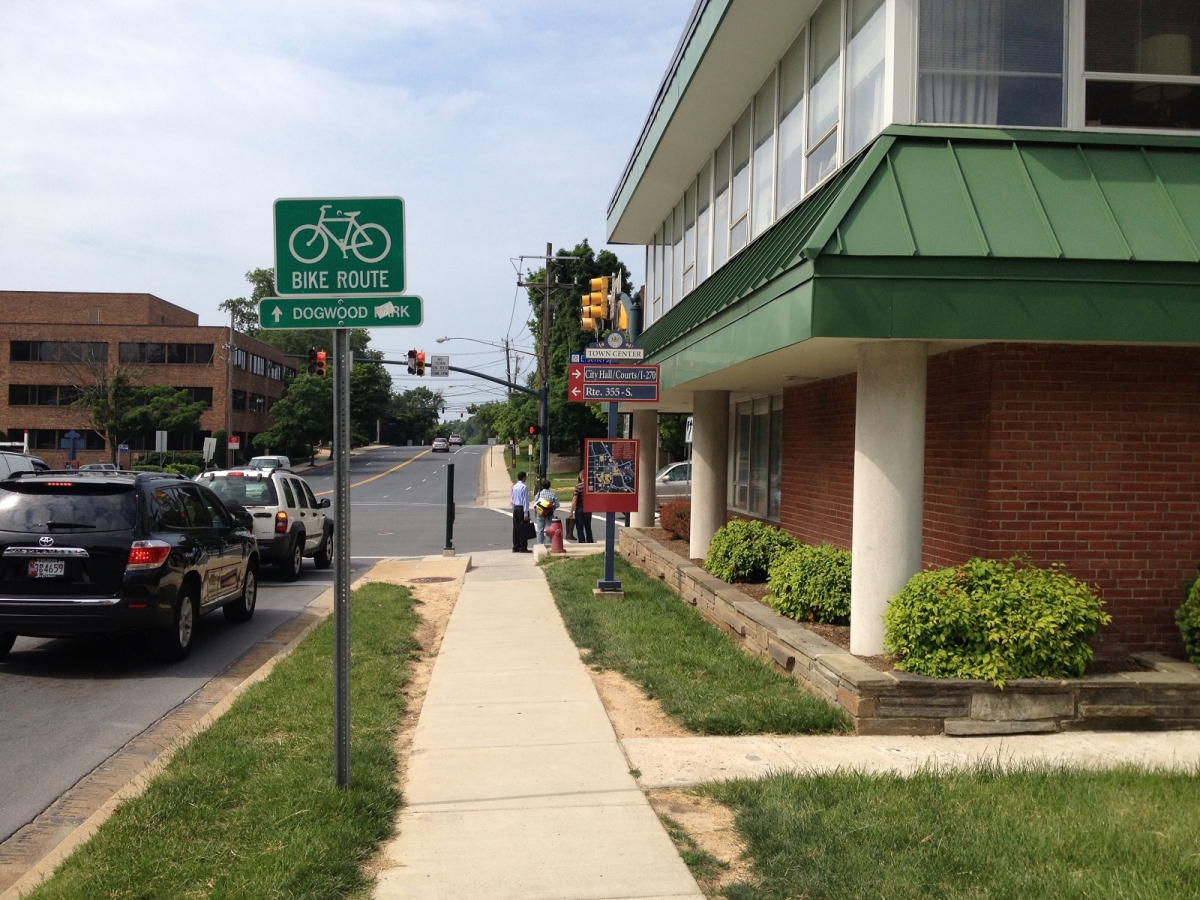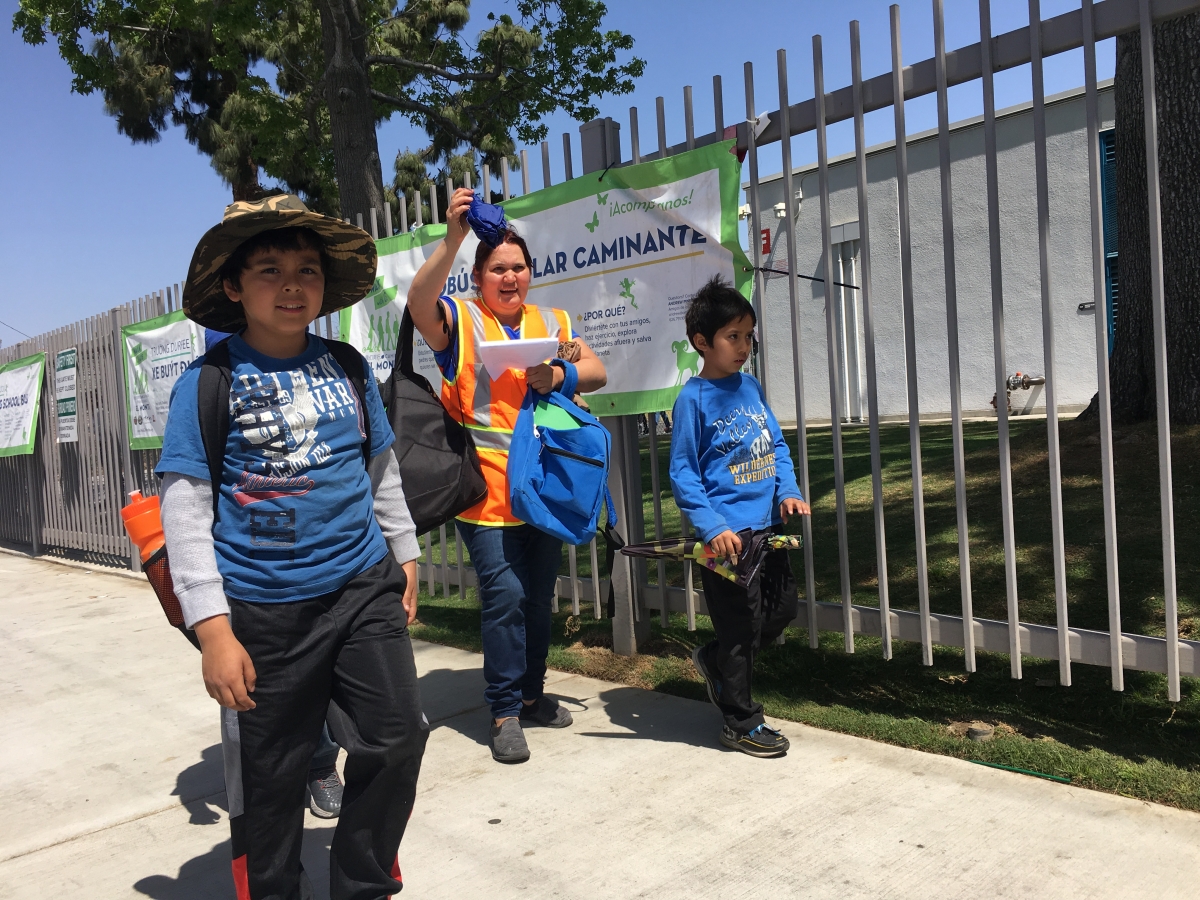An Explainer: State Implementation of the Transportation Alternatives Program

Stay up to date on how much TAP funding your state is obligating for biking and walking projects.

Stay up to date on how much TAP funding your state is obligating for biking and walking projects.
 Many books have been written about leadership over the years, and yet there are so few examples of great leaders to be found. For the last few years I have been fortunate to work with a great leader, and as she leaves our organization, I am reminded what about what is important in leadership.
Many books have been written about leadership over the years, and yet there are so few examples of great leaders to be found. For the last few years I have been fortunate to work with a great leader, and as she leaves our organization, I am reminded what about what is important in leadership.

Walking school buses are one of the most effective ways to change how kids travel. That’s why it’s inspiring to hear about successful walking school bus programs that find fun and creative ways to get kids moving.